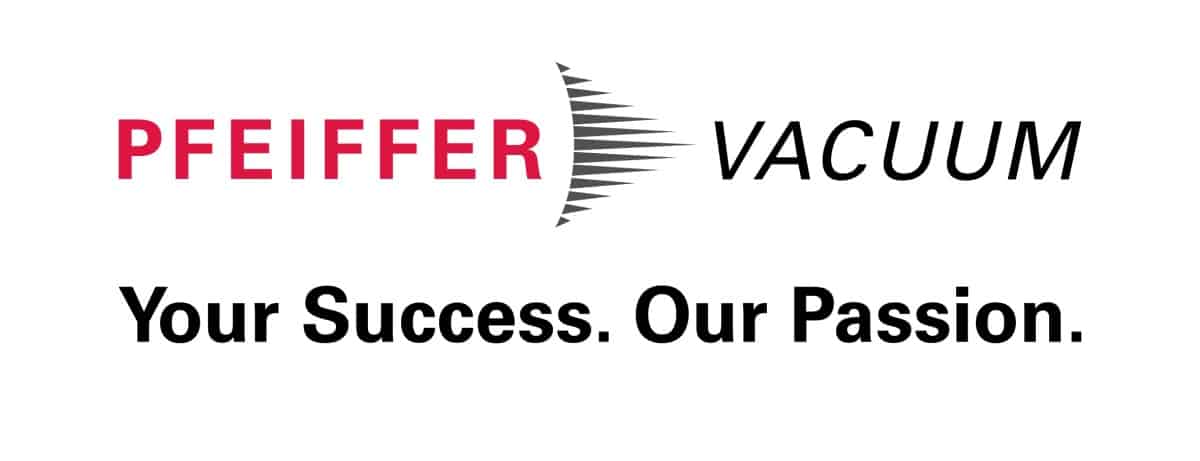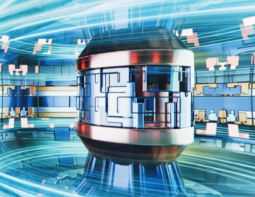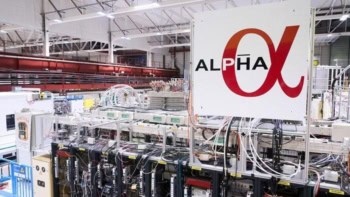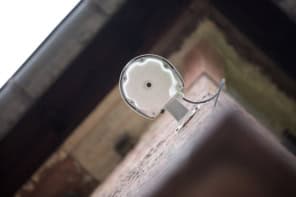The effects of quantum mechanics are all around us, but the quantum properties of matter are generally only apparent at the microscopic level. Superfluidity is an exception, and some of its bizarre characteristics can be seen with the naked eye. What is more, superfluid helium II has found several important applications in science and technology – and is used multi-tonne quantities today at facilities like the Large Hadron Collider.
My guest in this episode of the Physics World Weekly podcast is John Weisend who is senior accelerator engineer at the European Spallation Source and adjunct professor at Lund University in Sweden. He is a specialist in cryogenic engineering, and has written the book Superfluid: How a Quantum Fluid Revolutionized Modern Science.
We chat about the physics behind this amazing substance and how it is used in some of biggest physics experiments on the planet.

This episode is sponsored by Pfeiffer Vacuum.
Pfeiffer Vacuum provides all types of vacuum equipment, including hybrid and magnetically-levitated turbopumps, leak detectors and analysis equipment, as well as vacuum chambers and systems. You can explore all of its products on the Pfeiffer Vacuum website.



